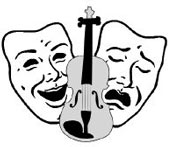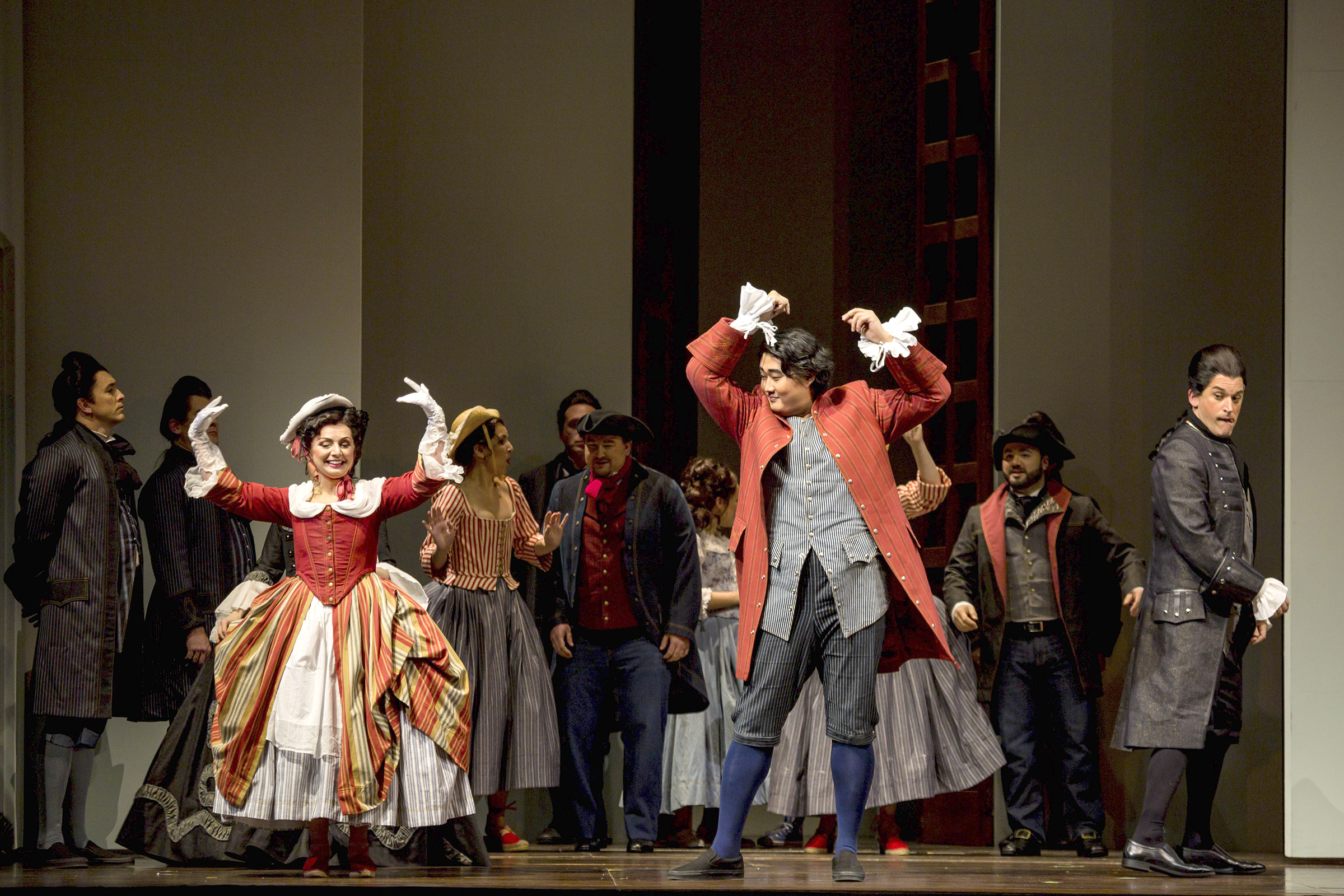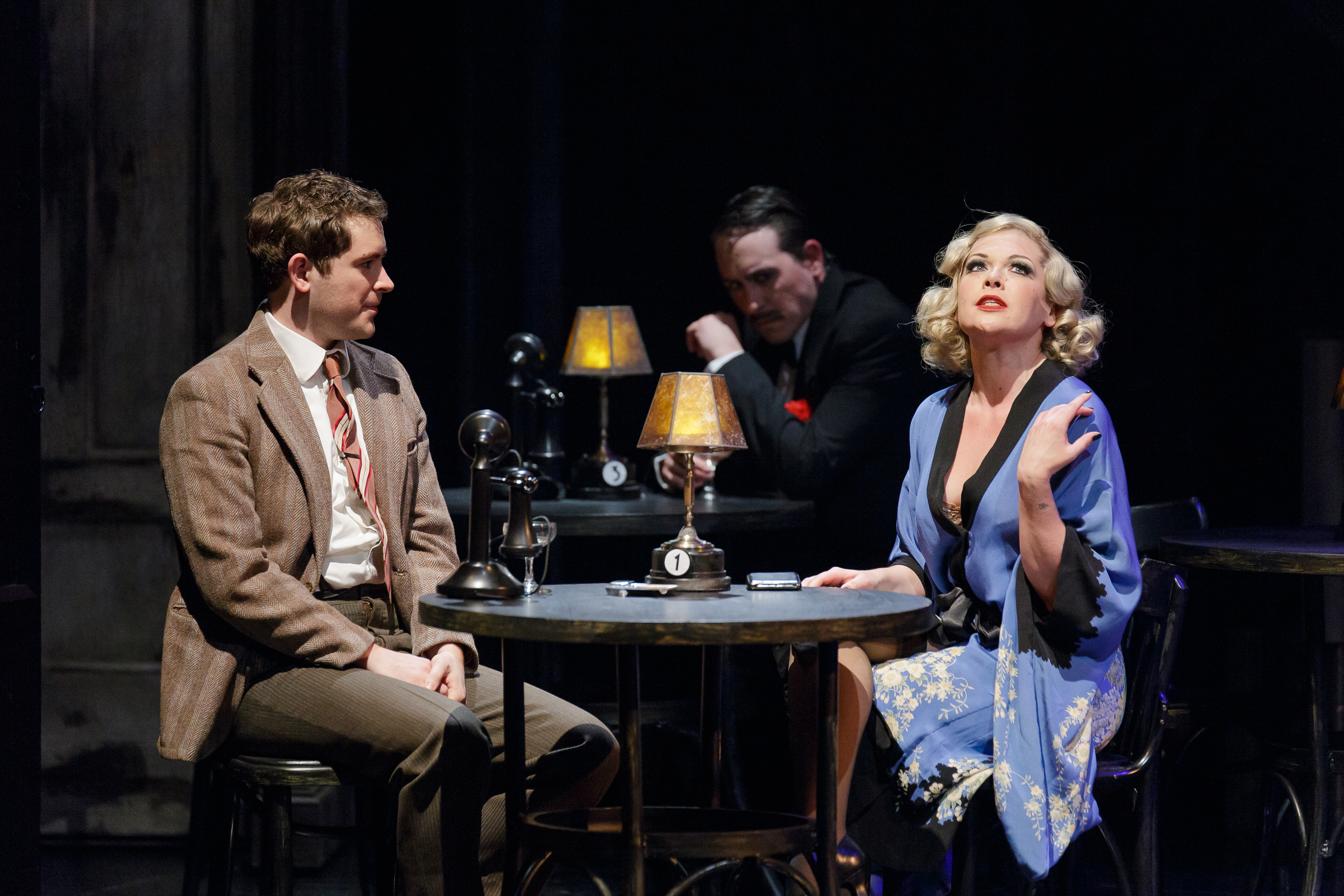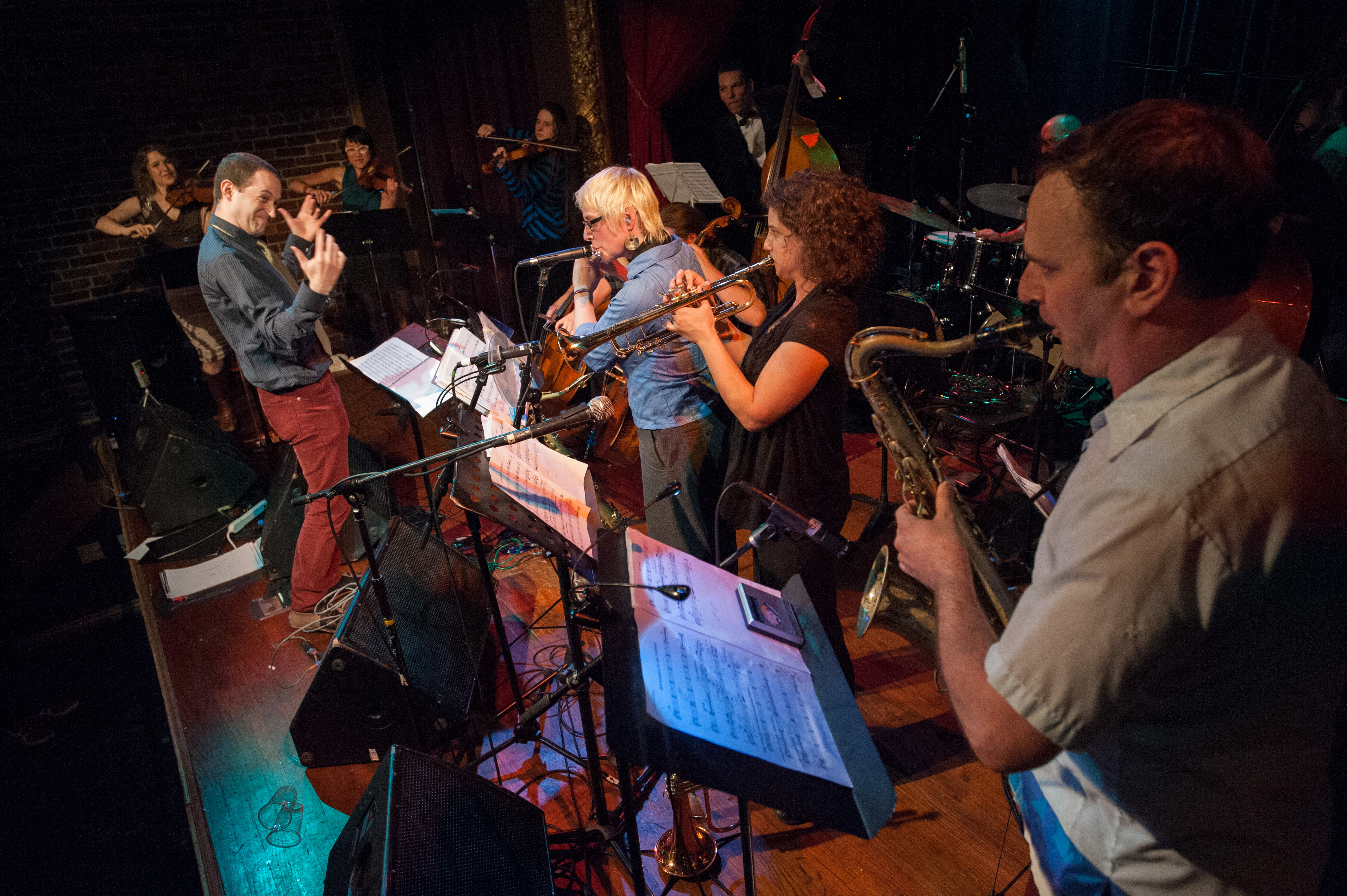30TH INTERNATIONAL VIOLA CONGRESS
UW campus, 543-1233 Wed., June 19-Sun., June 23
How do you keep your violin from getting stolen?
Put it in a viola case.
Why did the violist marry the accordion player?
Upward mobility.
What’s the definition of an optimist?
A viola player with a pager.
GEMS LIKE THESE, by the dozen, can be found all over the Internet—a Google search turns up a 10-page list of Web sites devoted solely to the viola joke. But why pick on the poor viola? Why should this beautiful and noble instrument have spawned such mockery? True, back in the 18th century, ex-violinists traditionally manned orchestral viola sections after they’d become too old and feeble to handle the violin’s more demanding parts. But you’d think 200 years would be enough time to demolish a stereotype, especially with the example of Mozart. The famed composer was also one of the greatest violinists of his time, yet he preferred playing the viola in chamber music because he liked to hear the harmony from the inside, a unique vantage point that the midrange instrument offers.
I have a theory as to why violinists tell viola jokes: envy.
Skeptical? Let’s try a little experiment. Have you ever actually heard a viola by itself? Probably not. Solo viola recitals and concerto gigs are rare. So listen closely the next time you hear an orchestra or a string quartet. It won’t be easy to pick the violas out of the texture, especially since they’ll probably be playing some nondescript fill-in figure: pah-pah, pah-pah, pah-pah. Or perhaps deedle-deedle-deedle-deedle- deedle-deedle.
But try to focus. Just listen to the sound, the actual sonic color of the viola. Notice how it differs from the tone of the other instruments. Hear that? See what I mean? Uh-huh, I think you do.
Violinists are jealous because the viola is sexy.
Listen to it: It’s rich, dark, throaty, vibrant. It’s Kathleen Turner. It’s Angelica Huston. It’s Isabella Rossellini, Susan Sarandon, Peggy Lee.
The violinists’ sound—though they try their damnedest to be alluring, God bless them—is, at its sexiest, maybe . . . Glenn Close. On a good day.
(Shall we continue the analogies? Cellos are like one of those handsome, slightly melancholy, British period-piece character actors—Colin Firth, say, or Jeremy Northam. Double basses are Barry White when playing jazz, John Goodman in the orchestra.)
But don’t take my word for it—you can hear the evidence for yourself at the 30th International Viola Congress, which runs through this Sunday at the University of Washington School of Music. The afternoon recitals and evening concerts (see the classical calendar, page 65, for details) are open to the public; they’ll include solo pieces, chamber music, and original works and arrangements for multiple violas, plus concertos by William Walton and Miklos Rosza (accompanied by Philharmonia Northwest) at the gala closing concert on Saturday.
Oh, all right, one more:
Ten-year-old Susie comes home from her first day of school all excited.
“Mommy, Mommy! The music teacher is going to give me lessons. And look—he gave me a viola to play. See? Isn’t it pretty?”
“That’s very nice, dear. I’m sure you’ll love it.”
The next day, Susie again comes home full of excitement.
“Mommy, Mr. Jackson showed me how to play four notes in first position on the C string!”
“That’s nice, dear.”
The next day: “Mommy, Mr. Jackson showed me how to play four more notes on the G string!”
“That’s very nice, dear.”
On the fourth day, 5 o’clock rolls around but Susie still hasn’t come home; 6 passes . . . 7. Her mother is frantic. She calls the police, Susie’s friends—no word at all. Finally, at 11:30, Susie comes home carrying her viola case, exhausted.
“Susie, where have you been? Daddy and I have been worried sick! Are you OK?”
“Sorry, Mom. I know I should have phoned, but I got a last minute call to sub with the Philharmonic.”







